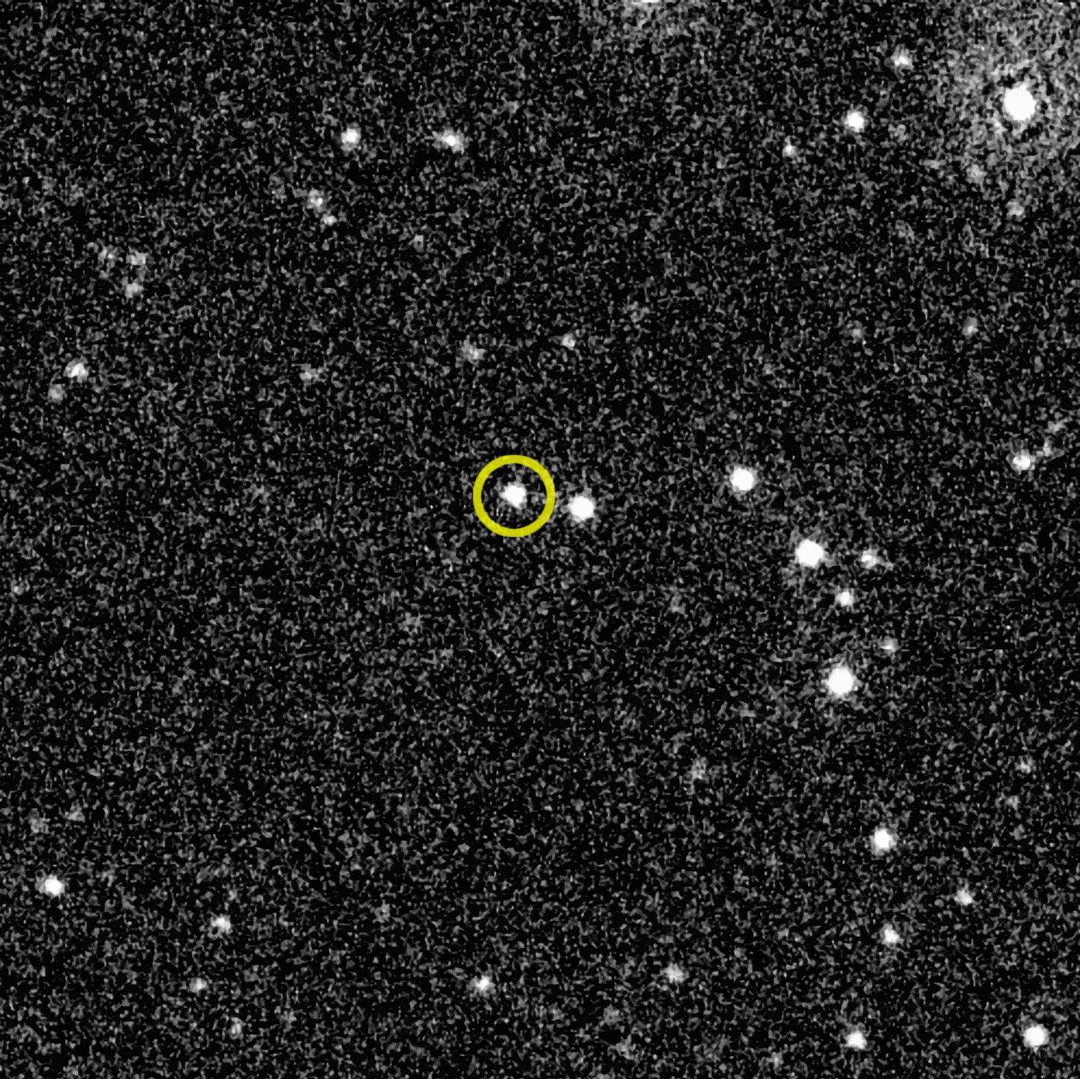Key Takeaways:
- Astronomers detected an incredibly strong gamma-ray burst, the most powerful explosions in the universe.
- The blast likely originated from a rare, supermassive star undergoing a supernova.
- Thankfully, the explosion occurred 2 billion light-years away and poses no threat.
- Such powerful bursts are extremely uncommon in our galaxy (once per million years) but more frequent in the vast universe.
- The collapsed star likely formed a black hole, which astronomers are now studying.
In space, things frequently go boom.
And recently, astronomers observed an extraordinarily colossal boom. NASA’s Swift Observatory discovered an exceptionally powerful gamma-ray burst, the most powerful explosions known to exist in the universe today. These space-traveling jets of energy must be produced by something extraordinarily powerful, and scientists believe that supernovae—the collapse and explosion of massive stars—are the source of these jets.
A star needs to be extremely massive—at least eight times the size of the sun—in order to go supernova. However, a star needs to be between 30 and 40 times the size of the sun in order for a supernova to produce the strongest kind of gamma-ray burst. This new powerful detection came from such a powerful star, so rare that we’ll probably only see something of this magnitude once every ten years or so.
According to Yvette Cendes, an astronomer and postdoctoral fellow at the Harvard-Smithsonian Center for Astrophysics, “it’s a very unique event,” said.
Importantly, you need not worry. This amazing blast occurred in a galaxy located two billion light-years away. Its energy, which has been travelling and dispersing across space for eons, doesn’t threaten us at this distance. However, we can easily find it using satellites.
“It’s the equivalent of getting front row seats at a fireworks show,” Cendes explained.
(While gamma rays have the highest energy, they are on the same radiation spectrum as things like x-rays, visible light that can be seen, and AM and FM radios.)
No gamma-ray burst has ever been observed by astronomers in our local neighborhood, or the nearby galaxies. This is due to the rarity of stellar explosions themselves. Approximately once every century, a star in our Milky Way galaxy will go supernova. However, Cendes pointed out that in a medium-sized galaxy like ours, a massive star, the kind required to produce an incredibly bright and long (on the order of several minutes) gamma-ray burst, only erupts roughly once every million years.
“This is incredibly, incredibly rare,” said Cendes.
Because there are hundreds of billions of star-rich galaxies in the deep cosmos, gamma-ray bursts are detected from a great distance. In comparison to the rest of the universe, there are comparatively few chances for such an occurrence to occur close to us. (In addition, in order to detect it, you must face the direction of the blast’s energy “funnel” that is radiated into space.)

The instruments designed to detect these signals are very sensitive because gamma-ray bursts frequently occur billions of light-years away. This is another reason why the relatively “close” detection was so intense and “bright.”
According to Cendes, “it’s like pointing a telescope at the sun.” The explosion “ranks among the most luminous events known,” according to NASA, and “it saturated the detectors.”
After such a dramatic collapse and explosion, one might wonder what becomes of the exploded star. Most likely, it became a black hole. “Most black holes form from the remnants of a large star that dies in a supernova explosion,” according to NASA.

Black holes are cosmic objects of great curiosity. Black holes are regions where matter has been compressed into an extremely small space, as previously reported. Earth would be smaller than an inch in diameter if it were (hypothetically) crushed into a black hole. Even so, the object would still be very massive because it would contain all of the mass of our planet. As a result, there is a location where the gravitational pull is so great that light cannot escape. (More massive objects have stronger gravitational pulls.)

Strong telescopes, such as the Submillimeter Array radio telescope atop Mauna Kea in Hawaii, are being used by astronomers like Cendes to observe the aftermath of the spectacular gamma-ray burst.

The universe continues as a result. A star dies. A black hole forms. And intelligent life detects it all happening from about two billion light-years away.


